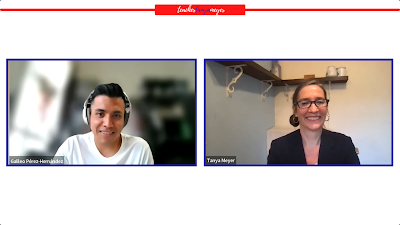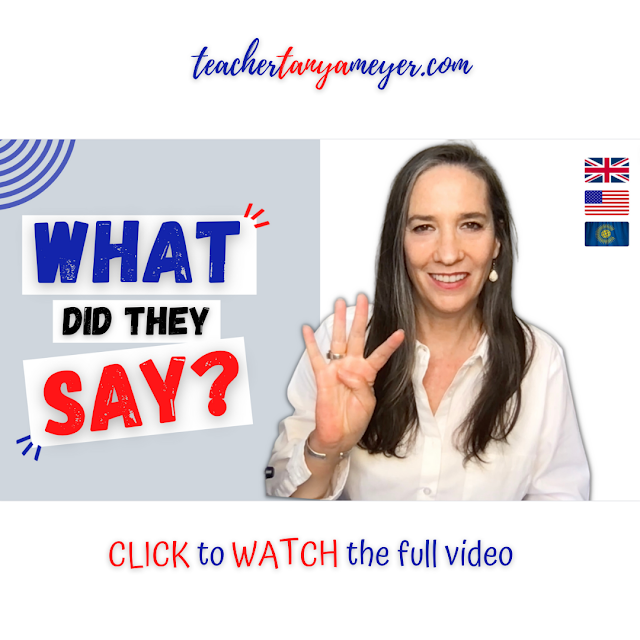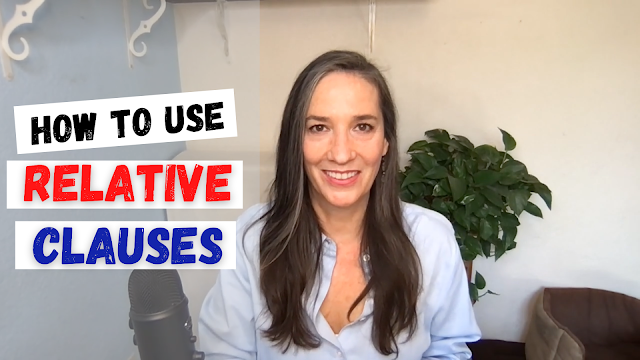English Transformation - Galileo's Story

I am so happy to be sharing this English transformation story with you, from unreachable dream to facts and reality: Galileo's interview! Galileo joined my English Coaching programme just under a year ago, looking to transform his English and become more advanced. His goal was to be proficient enough to get a band 7 in IELTS, in order to apply for a PhD at the very prestigious John Hopkins University in Baltimore, USA. In this engaging interview, Galileo and I speak about where he was with his English when he joined, as well as where he wanted to be, and the EXACT STEPS he took to make sure he was working towards achieving his goals. Galileo shares his experience openly and candidly, speaking in English naturally, without thinking, and communicating fluently about how he has attained his English objectives: for now! Is his English 100% accurate? No, it isn't, but that doesn't stop him from being a confident and effective communicator . WATCH HERE: ENGLISH TRANSFORMATION...



